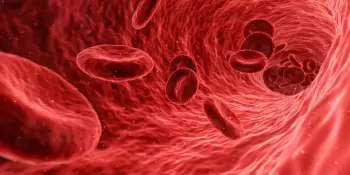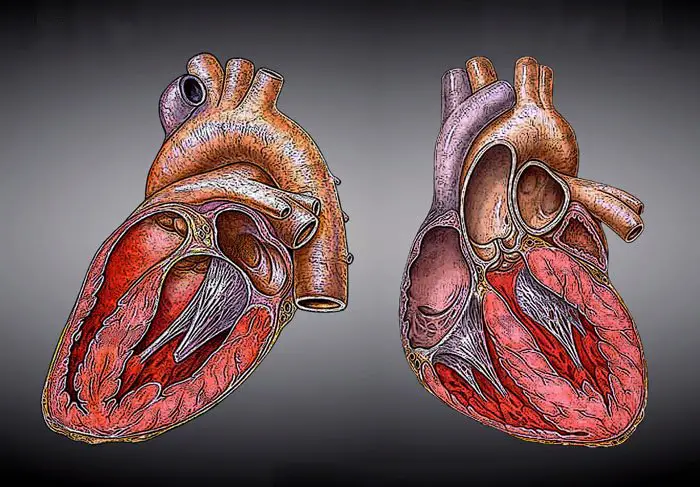
Nuclear stress testing is a diagnostic procedure in cardiology that uses advanced techniques to evaluate heart function and detect possible problems in the blood supply to the heart muscle. In this process, a radioactive tracer is given to the patient through a vein, and images of the heart are obtained during physical activity and at rest.
During the nuclear stress test, special cameras are used to capture images that reveal blood flow to the heart. This information allows doctors to identify areas of the heart muscle that may be experiencing deficiencies in blood supply or may be damaged.
Compared to conventional stress tests, nuclear stress testing offers a more accurate assessment, which can help determine the risk of cardiac events, such as heart attacks. In some cases, this test is done in combination with other studies to get a more complete picture of the patient's heart health.
Applications in cardiology
 If a patient, upon performing a normal stress test, has symptoms such as shortness of breath or chest pain, he or she may need a nuclear stress test.
If a patient, upon performing a normal stress test, has symptoms such as shortness of breath or chest pain, he or she may need a nuclear stress test.
These types of tests can also be performed to treat certain heart diseases. The methods by which a doctor may recommend a nuclear stress test are:
- Detection of coronary heart disease : Nuclear stress tests are particularly useful in evaluating the presence of coronary heart disease. During exercise, areas of the heart that do not receive adequate blood flow are revealed, indicating possible blockages or narrowing in the coronary arteries.
- Evaluation of Myocardial Function : These tests evaluate the function of the myocardium, the heart muscle. The heart's ability to pump blood efficiently is observed in real time, providing crucial information about cardiovascular health.
Process description: duration and steps of the test
Typically, a nuclear stress test is performed in conjunction with a conventional stress test, where the patient exercises on a stationary bike or walks on a treadmill. In cases where the patient cannot perform physical activity, medical personnel administer an intravenous medication that stimulates increased blood flow to the heart.
The duration of a nuclear stress test is approximately two hours or more. The total duration of the test depends on the imaging procedures used and the radioactive material used.
Preparation for the test
Initially, the doctor contacts the patient to obtain information about his or her medical history and performs a physical examination by listening to the heart and lungs. This is done to ensure that there are no contraindications to performing the test.
Typically, the doctor asks the patient about his or her exercise habits, including frequency and intensity, in order to determine the appropriate amount of effort during the test.
Nuclear stress test steps
During the nuclear stress test, the following steps are followed:
- A cuff is placed to monitor the patient's blood pressure during the test.
- A technician inserts an intravenous line into the patient's arm to deliver a small amount of radioactive dye. The introduction of the radiotracer can produce a feeling of cold. Typically, cardiac cells absorb the radioactive tracer within 20 to 40 minutes.
- The patient lies on a table and the first images of the heart at rest are captured.
- Electrodes are placed on the patient's arms, legs, and chest to record the electrical signals that trigger the heartbeat. In some cases, the patient is asked to breathe through a tube to control breathing during exercise.
- The patient begins physical activity, either pedaling on a stationary bicycle or running on a treadmill. The intensity of the exercise increases gradually.
- Physical activity ends when the target heart rate is reached or when the patient experiences symptoms that prevent further activity.
- At maximum heart rate, another dose of the radiotracer is administered intravenously.
- After 20 to 45 minutes, the patient lies back down on the table to obtain the second set of images of blood flow in the heart.
Side Effects
Complications from a nuclear stress test are extremely rare. However, it is important to be aware of possible risks, such as:
- Allergic reaction : Although rare, some people may experience allergies to the radioactive dye administered during the test.
- Abnormal heart rhythms (arrhythmias) : Occasionally, arrhythmias may arise during the test, which usually disappear quickly after completing the activity. It is important to note that the risk of death from an arrhythmia is extremely rare.
- Heart attack : Although rare, there is a remote possibility that the stress test could trigger a heart attack.
- Dizziness or chest pain during exertion : In some cases, discomfort such as dizziness or chest pain may occur during the test.
- Low blood pressure : There is a chance that blood pressure may drop during or immediately after exercise, although this is rare.